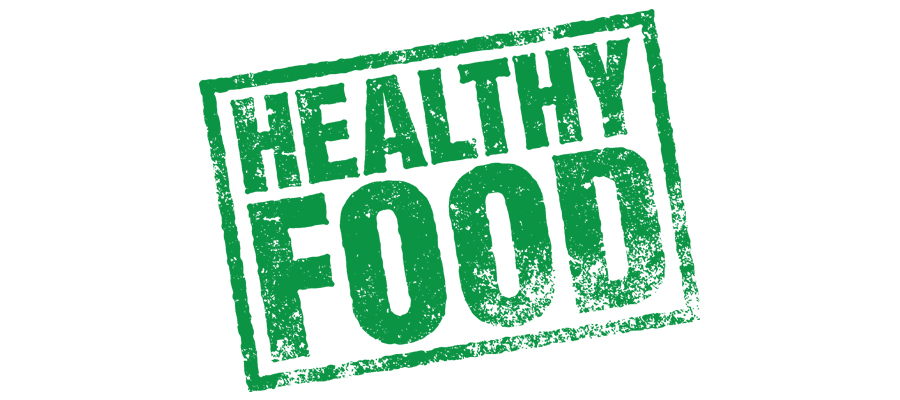Just when you thought you were eating healthy foods, the meaning is about to change! Considering the official definition hasn’t been updated in 22 years, we can’t help but wonder: What took so long?
Last year, KIND Snacks received a warning letter from the FDA requesting the removal of the term “ healthy ” from their packaging. The reasoning was based on the amount of fat from the nuts that were used in their products. This sparked a Citizen Petition lead by the snack bar company to modernize the term’s definition. The document notes that the existing guidelines are “preventing foods that contain beneficial whole ingredients and are recommended for consumption—like nuts, avocados, olives, and salmon—from bearing the word “healthy” in their labeling.”
This stance quickly caught the attention of the FDA who is now taking action to update the definition that was originally put in place in 1995. Back then, nutritionists placed high priority on low-fat content. As long as the food item was low in fat, sodium, cholesterol, and saturated fat with some nutrients like vitamin C or Calcium, then it was deemed as a “healthy” food choice. Achieving this claim enabled food companies to then leverage the term throughout advertising and packaging materials.
Over the years, nutrition has evolved. Health professionals are now more focused on the type of fat that is included in foods in addition to the sugar content. These are some of the items that are expected to be highlighted in the revised definition.
The FDA hopes that modernizing the “healthy” meaning will provide consumers with better information to improve their food choice decisions. They are also expecting that it will establish a basis for production innovation so consumers will receive a greater selection of nutritious food.
What does this mean for manufacturers?
Not too much yet. Until the updates are rolled out, manufacturers still need to adhere to the current regulatory guidelines.
In the meantime, manufacturers are urged to maintain tight control over the nutritional values of products. Make sure strong systems are in place that calculate and record aspects like total grams of Saturated Fat, based on the raw ingredients of a finished product. Many elements can vary not only by product, but also by individual product volume. Most manufacturers rely on a robust ERP solution to help manage this complex process but beware of bolt-ons which have the potential to overcomplicate strategies.
If some products are right on the border of what is currently “healthy” and what is expected to be the new “healthy” definition, then your R&D team might want to start investigating new formulas. Taking a proactive approach towards product innovation may help keep your business ahead of industry changes if/when regulatory guidelines change.
The process to redefine terms like “healthy” and “natural” will likely take a couple years to complete but the FDA is asking the public to help craft the new meaning of “healthy” food. The comment period to voice your opinion started on September 28, 2016 and will remain open for 120 days so if you want your voice heard, now is the time!

